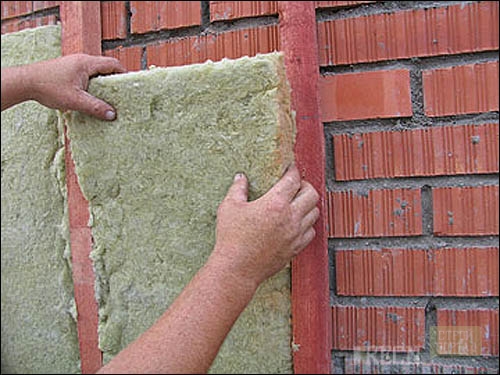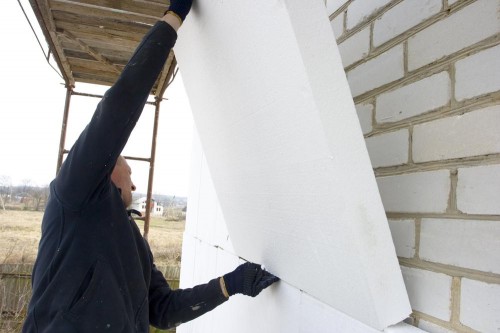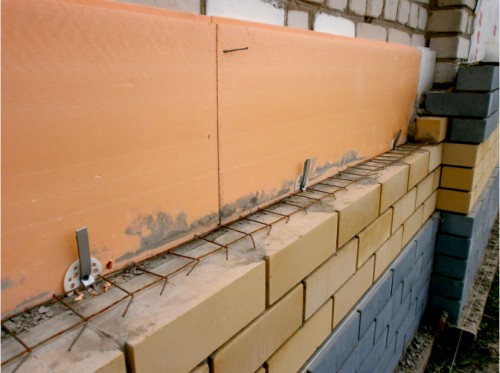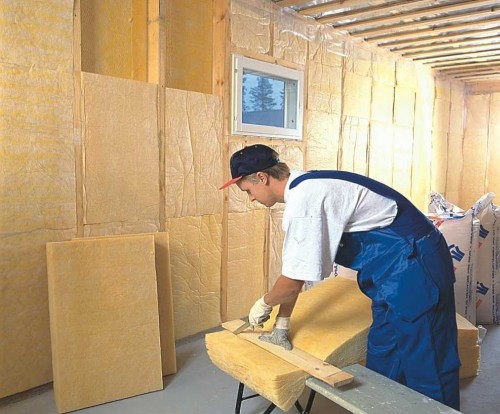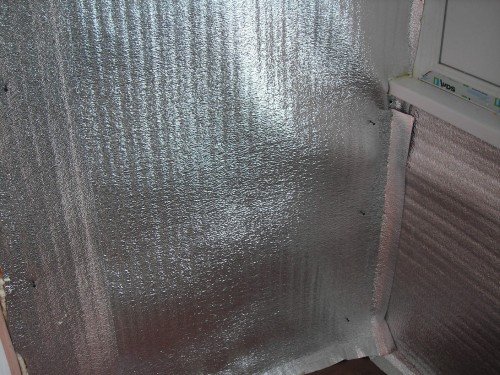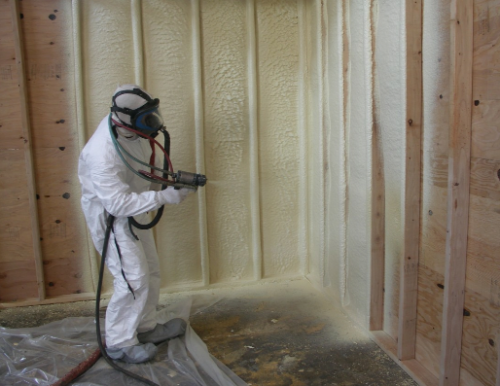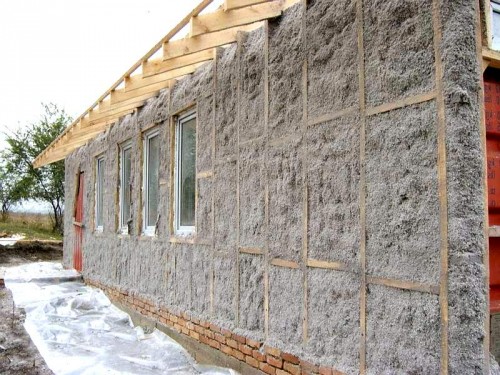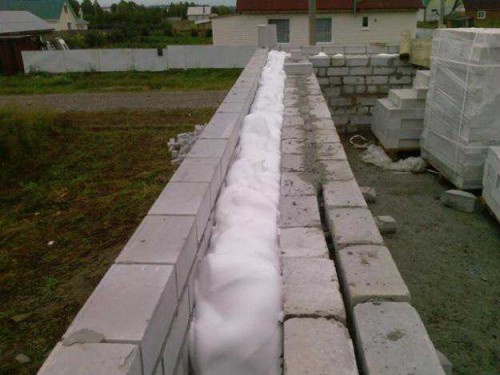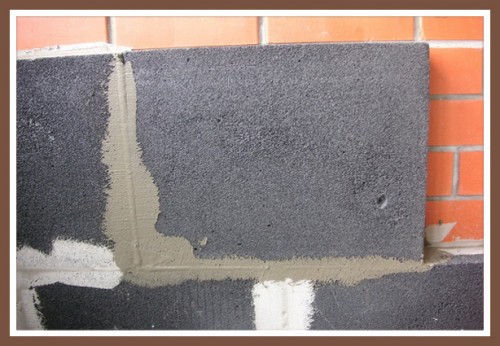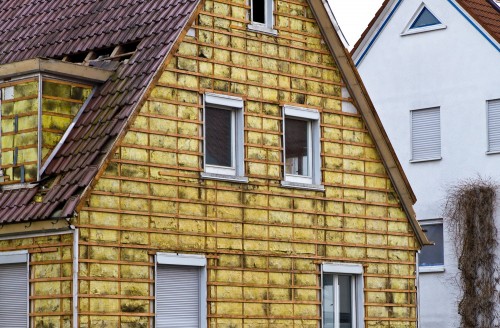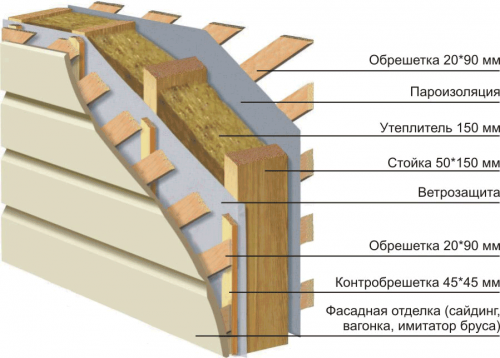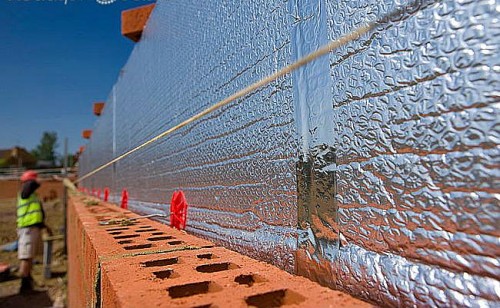
How to choose a heater for the walls of the house Building materials
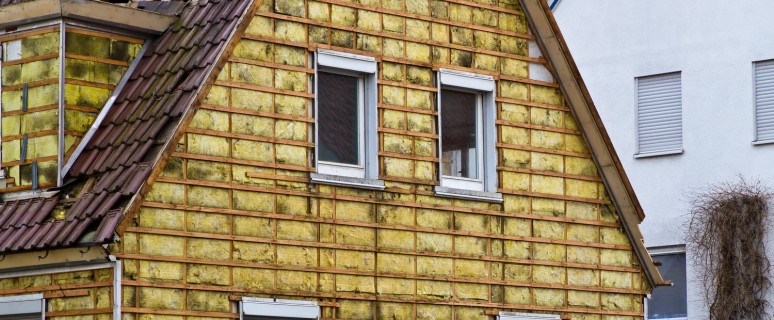
Before the arrival of cold weather, the question remains, as and how to insulate their home. Today, the market provides a wide range of insulation for the walls of the house. When choosing, it is necessary to repel from the price, comfort and properties of the material.
Content
Selection criteria
When choosing a heater for walls inside and outside the house, you need to pay attention to the basic requirements that place the material:
- Indicators of thermal insulation. They should be high both for the winter period and for summer.
- The ease of material - the low weight of the insulation allows you to save on the mount, on transportation, it is easier to work with it, you do not need to additionally enhance walls and foundation.
- Parry permeability - must be high, then the extra moisture will evaporate from the room, the walls dry. The land in the room, the higher the heat resistance, you can not worry that the mold and fungus will appear. If the pairs through the walls will go out badly, then you need to make good ventilation, and it will increase your warning costs at home.
- Choosing finishes - good material can be decorated, while in many ways. This will significantly save on the walls of the walls.
- Durability is one of the most significant criteria when choosing a material. Repair makes the owners every few years and the material should not spoil before this time.
- Ecology is a particularly important selection criterion in the eyelid pollution.
- Flavoring material - the material should not be easily ignited, otherwise it can lead to a fire.
- Price - Many buyers first of all pay attention to the price of the material, although it would be worthwhile to see other criteria to do not extend in the end.
Experts believe that insulation outside is more efficient in terms of heat conservation than from the inside. In addition, dampness will not accumulate inside the building, and therefore will not be mold and fungus.
Types of insulation for walls
- Polystyrene foam - possesses a small thickness and adequate price, will serve the hosts of a quarter of a century. It is easy to finish, and for this you do not need any special preparation. From the disadvantages you can allocate a flammability of the material, so you should not insulate the houses from the tree, as well as the roofs. But you can use them in small cottages per apartment, in the apartment buildings you will need to take a number of additional fire actions. The polystyrene foam must be protected from the impact of ultraviolet rays.
- Extruded polystyrene foam serves about 50 years, the cost of material is acceptable, well lit. But poorly misses couples and therefore requires additional costs, it will be necessary to build additional ventilation. The finish can be carried out by any materials, but if we apply a painting adhesion layer on the surface, you need to process extruded polystyrene foam, make it rough and be sure to protect it from the effects of ultraviolet.
- Mineral wool. It does not need to be confused with glass gamble. This material is not sufficient, very carved, consists of basalt fiber, easy, serves more than a quarter of a century, can be finished with any materials.
- The insulation of aerated concrete - to the disadvantages can be attributed to the high price, the severity of the material, greater thickness. Of the advantages - a very good permeability of steam, the material is not a fuel, structural, can be used any finish.
- Penofol Foilized - the material practically does not miss steam, but has good hesist indicators. Compared to other insulating materials, it is very expensive, besides, you will have to spend on additional ventilation and heating of the ventilated air. It is used only on frame systems, since the properties of the foam gives a wide selection of finishes. Foil, which is located on both sides of the insulation, does not affect the heating of the wall.
- Sprayed polyurethane foam - is considered expensive material that needs to be protected from exposure to ultraviolet rays. The decoration can be made of brick or make a mounted frame with finishing plates. You can warm only one-friendly houses, no more than two floors high. He is a fuel, so it is not used on high-rise buildings. It is considered an impractical material, therefore it is used very rarely.
- Equata - is made on the basis of celluloses and has a low cost, the material is natural, but it may occur due to looseness. It can be filled with a brickwork or spray special equipment on the frame, the service life is a quarter of a century, but due to the flammability it is not used with mass construction.
- Penosole is cheap, if compared with other materials, but has a number of disadvantages, for example, the fact that the finish is practically impossible and it is only necessary to pour it into brickwork or in the framework. It also needs to be protected from the effects of ultraviolet, otherwise the material will simply begin to decompose. It cannot be used immediately after production, since it allocates harmful substances for some time, it is afraid of dampness and is not so durable, like the rest. If it is applied to the fill, it will be necessary to purchase additional equipment.
- Penodoneglo - the material is not a fuel, durable and subject to any finish. Not happy only the price is very high, besides, it will also have to buy additional extracts.
Insulation for different types of houses
Wooden House Wall Heat
Today to buy wooden houses for rest is very fashionable, but if you are inspired, you can spend time in them not only in summer, but in the cold season. In addition, the insulation of the house will significantly save on heating.
The best material for insulation of a wood house is considered mineral wool, this material is not very expensive, lightweight, and most importantly, keeps well. It is easily stacked thanks to elasticity and the thermal deformations of the walls do not affect it.
Before choosing a heater for the home, you need to pay attention to whether it will suit the appearance. From the outside you can warm the house with a tree, the boards will look very organically on a wooden house, and you can cover the walls with a layer of plastic siding, then the house will acquire a modern look.
Heater for the walls of a frame house
As a rule, the walls of the frame house are spoiled due to the fact that moisture and microorganisms affect them. To prevent destruction, you need to correctly pick up the insulation. It is best to use basalt fiber thirty-fifth density. It does not make sense more densely, and less density can provoke shrinkage, as a result of which the house insulation will occur unevenly.
Mandatory material for insulation should be environmentally friendly, otherwise the dignity of the wooden house will become less. It is not recommended to use glass. Exceptionally basalt fiber.
Brick wall insulation
If you plan to build walls of brick or concrete, then it does not matter, whether you will warm the house from the inside or outside, but it is preferable to do it outside. The advantage of outdoor insulation is that condensate will not be assembled indoors and will not destroy either the wall or the insulation itself. Even in apartment buildings will correct will be insulated outside. As a insulation, you can choose a foam or extrusion polystyrene foam, in the latter case the wall "breathe" will not be. Polyfoam as a heater only seems like a cheap option, in fact, it is necessary to build additional ventilation. Otherwise, mold and fungus will appear on the walls very quickly, because the indoor moisture will also be very high.
Heater Wall "Under Siding"
If you warm the walls under siding, then the material must be tagged more dense than similar to frame walls, because the material is more exposed to the environment than from the inside. Fixing the insulation for the walls of the brusade house can be like a carriage and immediately to the wall. It is best to use basalt plates of the 80th density, such a structure will definitely not quantify and will not break the overall thermal insulation. Outside, the insulation should not only be resistant to moisture, but also to give it to the atmosphere, thereby restoring its initial properties. In addition, he must be durable.




